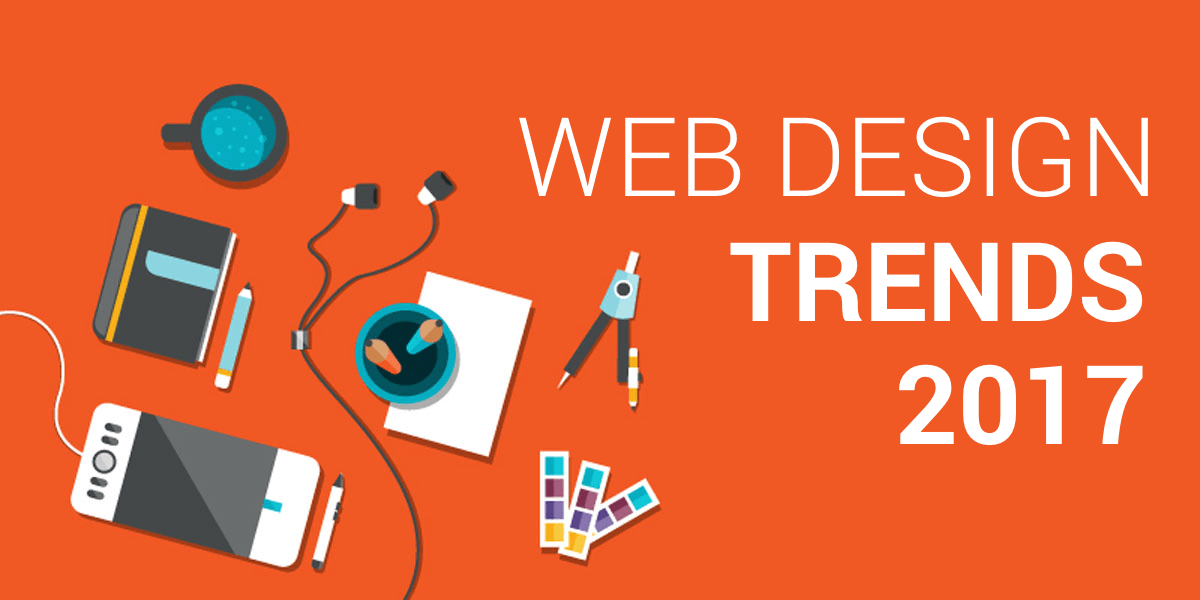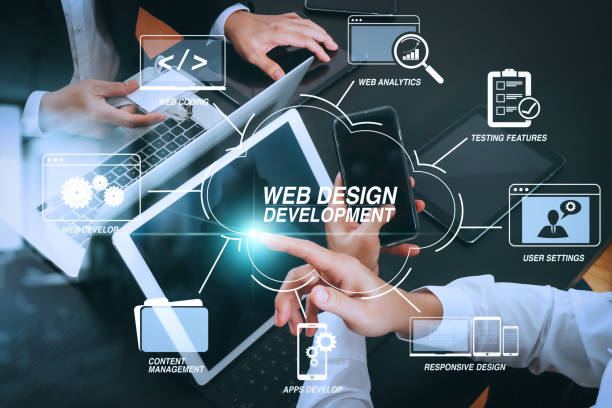The Very Best Types of Web Design to Boost User Experience and Engagement
In the ever-evolving landscape of digital interaction, the efficiency of Web style dramatically impacts user experience and involvement. Numerous layout approaches, such as minimalist, responsive, and interactive layouts, each offer distinct advantages that can cater to diverse user needs.
Minimal Website Design
As electronic landscapes come to be significantly chaotic, minimalist website design has emerged as an effective strategy to enhancing individual experience. This design viewpoint prioritizes simpleness, concentrating on necessary components while removing unneeded interruptions. By using ample white area, simple navigating, and a restricted color palette, minimal style cultivates clearness and directs user focus to crucial web content.
The core concept of minimalist website design is to produce a smooth communication for individuals. By decreasing cognitive lots, customers can quickly grasp details without really feeling overwhelmed. This straight technique not only boosts usability yet likewise encourages interaction, as visitors are extra likely to discover a site that is aesthetically attractive and easy to browse.
Furthermore, minimal style typically emphasizes typography and images, utilizing these components tactically to share messages successfully. This emphasis on vital components can boost brand identification and create an unforgettable user experience. In essence, minimal website design is not simply a trend; it is a thoughtful method that identifies the significance of user-centered layout. By stripping away peripheral aspects, developers can develop a more interesting, efficient, and satisfying Web experience for all customers.
Responsive Website Design
In today's diverse electronic setting, receptive Web layout has ended up being crucial for creating a smooth customer experience throughout a wide variety of tools. As customers access websites on smartphones, desktops, tablets, and laptop computers, the ability of a site to adapt its layout and material to different screen sizes and resolutions is essential.
Responsive Web design uses versatile grids, pictures, and CSS media queries to guarantee that Web material exists efficiently, no matter of the gadget used. This approach not just boosts the visual appeal of a website yet likewise substantially improves use. Users are more probable to engage with a site that supplies a constant experience, as it eliminates the aggravation of having to focus or scroll excessively.
Moreover, internet search engine, including Google, focus on mobile-friendly web sites in search rankings. By taking on responsive layout, organizations can boost their exposure and get to a wider target market. This method also streamlines site upkeep, as a single variation of the site can deal with all devices, reducing the need for numerous versions. In summary, receptive Web style is an essential practice that improves customer experience, engagement, and total fulfillment.
Interactive Website Design
Responsive Web style lays the foundation for enhancing customer experience, yet interactive website design takes this a step additionally by involving users in a more dynamic means - Aligned Position Web Design. By including elements such as animations, clickable prototypes, and real-time responses, interactive Web style mesmerizes customers, attracting them right into a richer browsing experience
This approach not only fosters engagement however likewise motivates users to check out material proactively instead of passively eating it. Strategies such as gamification, where users make incentives for finishing jobs, can significantly enhance the time invested in a site and enhance general contentment. Interactive features can simplify intricate details, making it a lot more satisfying and digestible.

Incorporating interactive style components can also cause greater conversion rates, as individuals are more probable to engage with a website that actively involves them. Aligned Position Web Design. Eventually, interactive Web design changes individual experiences right into memorable journeys, making certain that visitors return time and once again
Flat Style
Identified by its minimalistic method, flat style highlights simpleness and performance, stripping away unneeded components and concentrating on essential features. This design viewpoint prioritizes usability, guaranteeing that individuals can navigate interfaces effortlessly and efficiency. By using a clean visual, level style gets rid of the clutter typically located in extra luxuriant designs, consequently improving user concentrate on material and capability.
The hallmark of level style hinges on its use of bold shades, straightforward typography, and geometric forms. These aspects contribute to a visually enticing interface that is both friendly and modern. Additionally, level style fosters a feeling of clarity, allowing users to determine vital actions and details without interruption.
Additionally, level layout is specifically efficient in receptive Web design, as its simplicity translates well throughout numerous devices and screen dimensions. By concentrating on important attributes, flat style not just fulfills customer needs but likewise urges seamless interaction, making it an important element of reliable Web layout approaches.
Adaptive Website Design
Flexible website design tailors the user experience by producing several taken care of formats customized to various display dimensions and tools. Unlike responsive design, which fluidly adjusts a single layout, adaptive design uses unique designs for certain breakpoints, making certain optimum discussion on different systems. This approach permits developers to concentrate on the one-of-a-kind features of each tool, boosting usability by supplying specifically what customers require based on their context.
One of the primary benefits of flexible website design is its capability to optimize redirected here load times and performance. By offering my sources customized material and images that fit the user's gadget, web sites can reduce data use and boost loading rates. This is especially advantageous for individuals with slower connections or limited information plans.

In addition, flexible design facilitates a much more constant and regulated branding experience. Considering that developers produce several layouts, they can make sure that the aesthetic aspects align with the brand name's identification across different systems - Aligned Position Web Design. This leads to a natural user experience, improving involvement and advertising user retention
Final Thought
In conclusion, the assimilation of minimal, responsive, and interactive website design concepts dramatically enhances individual experience and engagement. Minimalist style cultivates quality and emphasis, while receptive design guarantees adaptability across different gadgets, advertising access. Interactive layout astounds customers through dynamic aspects, motivating exploration and personalization. Collectively, these style approaches add to the creation of user-friendly environments that not only enhance complete satisfaction however likewise drive greater conversion prices, emphasizing their essential importance in modern website design methods.

Minimal design fosters clarity and focus, while responsive style makes certain flexibility throughout various devices, promoting ease of access. Collectively, these design approaches contribute to the development of easy to use atmospheres that not just enhance contentment yet additionally drive greater conversion prices, emphasizing their essential relevance in modern Web style methods.